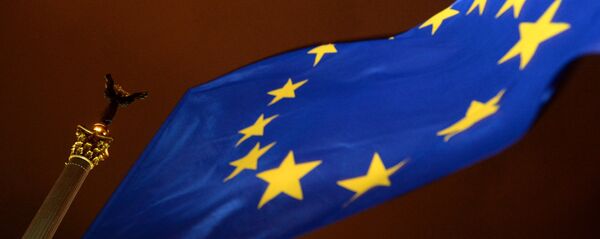However, new research has found that the color may actually induce some people towards more risky behavior.
The study, published in the Journal of Consumer Psychology, based its conclusion on a study of prank callers to a Dutch child helpline.
The management of the helpline was frustrated because of a high number of calls from pranksters with no interest in genuine counseling. They asked researchers from the University of Illinois to help solve the problem.
The researchers wanted to find out what circumstances would induce more compliant behavior in the prank callers. They changed the background colors on the chat screen during the call, to test which color made the callers more compliant, and less likely to prank call the helpline.
"To our surprise, the prank chatting was higher with the red color background than the white or blue," said Ravi Mehta, an assistant professor of business administration at the University of Illinois, and author of the study.
"Prank chatting occurred about 22 percent of the time with the red background, compared to 15 percent for the white or blue."
"The color red can increase non-compliant behavior in people with 'sensation seeking' personality types. These people seek novel and intense sensations and experiences--and they're willing to take physical, social and financial risks for the sake of such experiences," the Society for Consumer Psychology explained in a press release.
The new research findings are a contrast to previous studies, which suggested that the color red leads to more risk-averse and compliant behavior.
For example, a 2011 study published in the Association for Psychological Science found that monkeys were more reticent to take food from humans wearing red clothes, to those wearing green or blue.
However, these most recent study raises the prospect that some individuals with certain personality types go against the grain, and can become more obstinate, and take more risks, if they see the color red.
Among the implications of the findings is a caution for the purveyors of so-called "color revolutions," Western-sponsored operations which seek to topple legitimate governments by violent coups and other non-democratic means – a red-colored coup could lead to more risky behavior, and even more violence.



